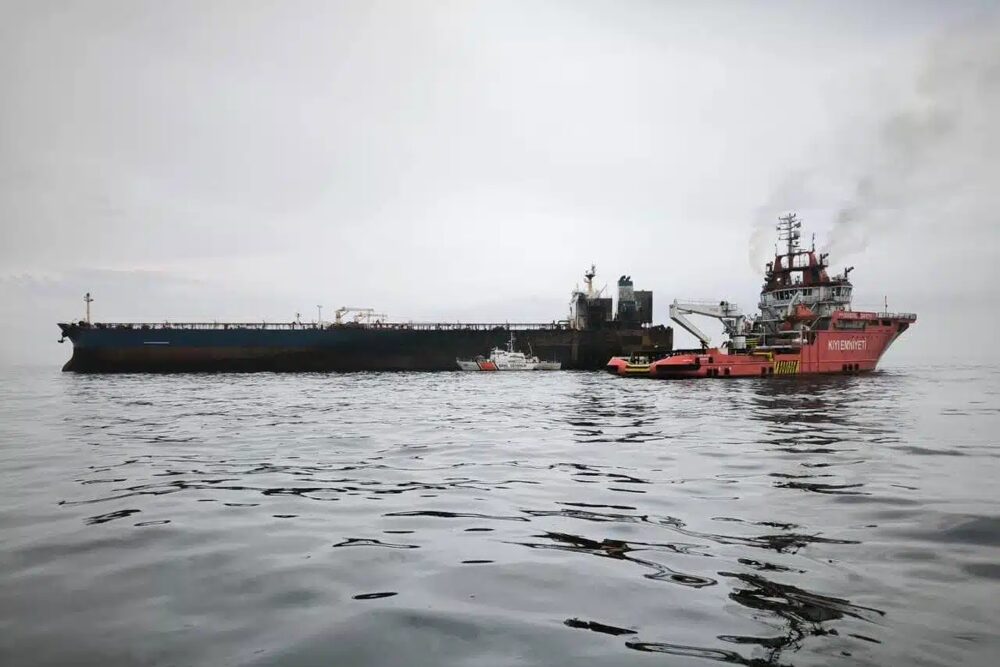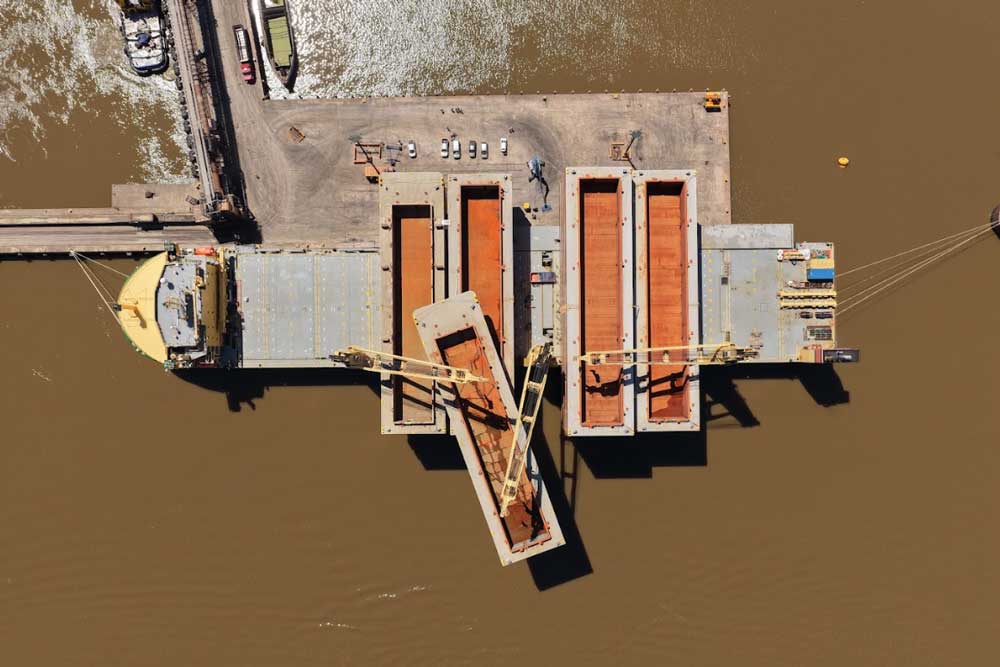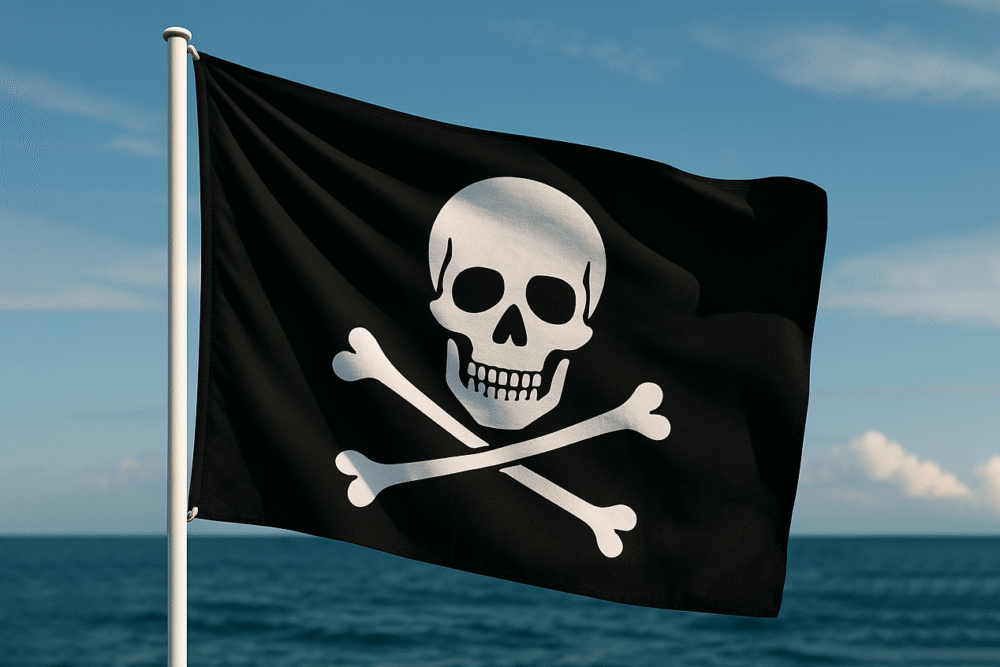The EU Maritime Safety Agency (EMSA) is supporting Denmark’s customs and navy in monitoring the country’s North Sea waters with a drone premiere.
According to EMSA, it has begun a four-month drone deployment – a “Remotely Piloted Aircraft System” (RPAS) – in the North Sea to support the Royal Danish Navy and Danish customs. Cooperation between EMSA and individual countries is not uncommon, and the German authorities have already worked together with the EU agency.
However, a new hybrid quadcopter with vertical take-off and landing capability is being used for the service now being presented, according to an official statement; “this is the first time that this model has been used in an RPAS mission by EMSA.”
Drone for environmental monitoring
The drone mission is being carried out by EMSA via contractor Nordic Unmanned, which is using an Aerosonde hybrid quadcopter that has both a fixed wing to cover long distances and four propellers that give it vertical take-off and landing (VTOL) capability. During its deployment, the drone will perform maritime surveillance tasks in the busy waters around the north coast of Denmark.
Environmental monitoring is an important aspect of this service, it adds: the drone can provide information on potential oil spills and discharges at sea, complementing EMSA’s CleanSeaNet satellite-based oil spill and vessel tracking service.
The model used can take off and land vertically like a helicopter, but reportedly has the same range as the fixed-wing version. “With an endurance of more than seven hours and a radio range of 140 km along the coastline based on a ground relay station, it can carry out comprehensive maritime surveillance in support of the Royal Danish Navy,” the statement said. The RPAS has infrared and optical cameras and is also equipped with an integrated automatic maritime scanning sensor.














